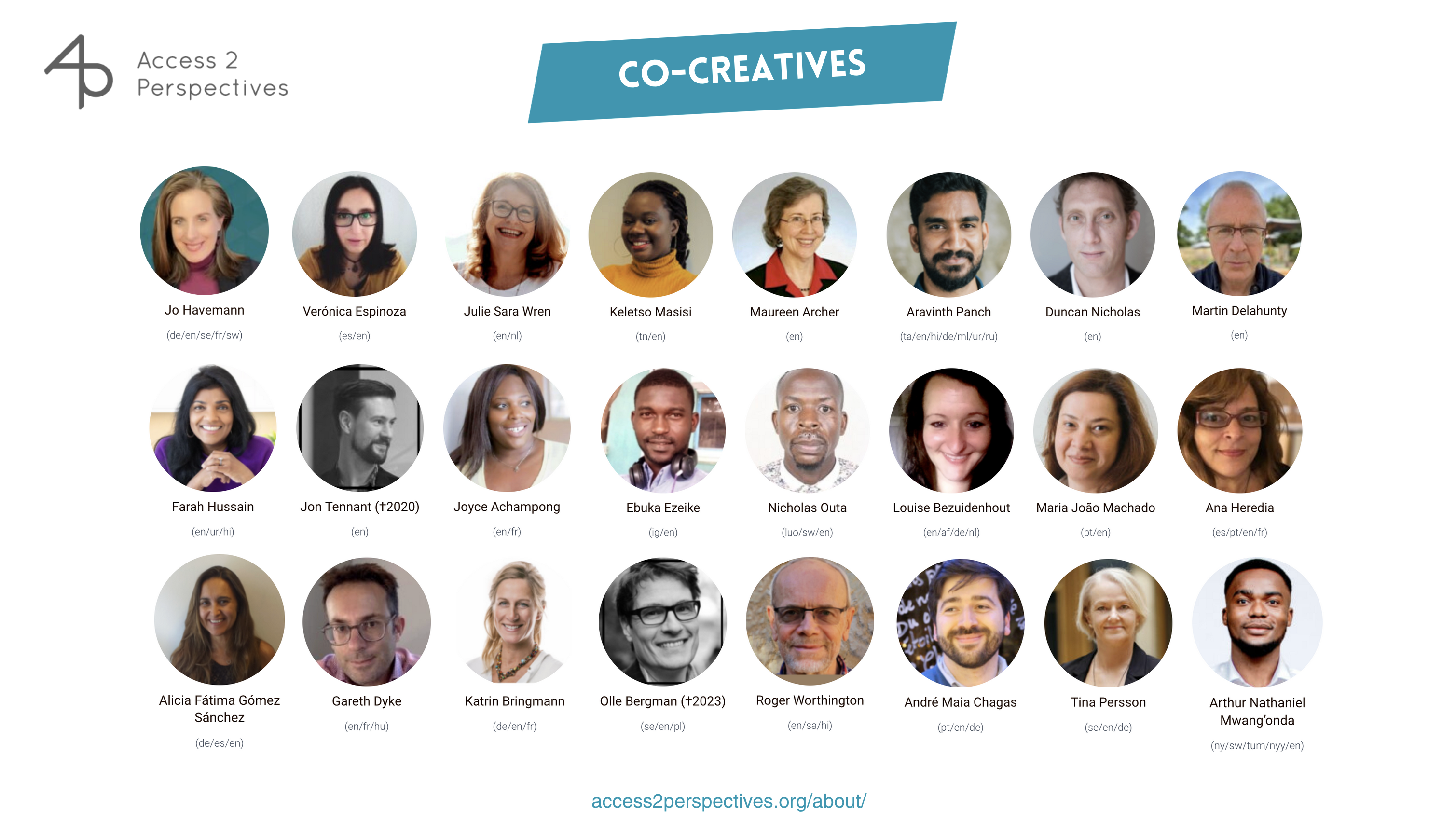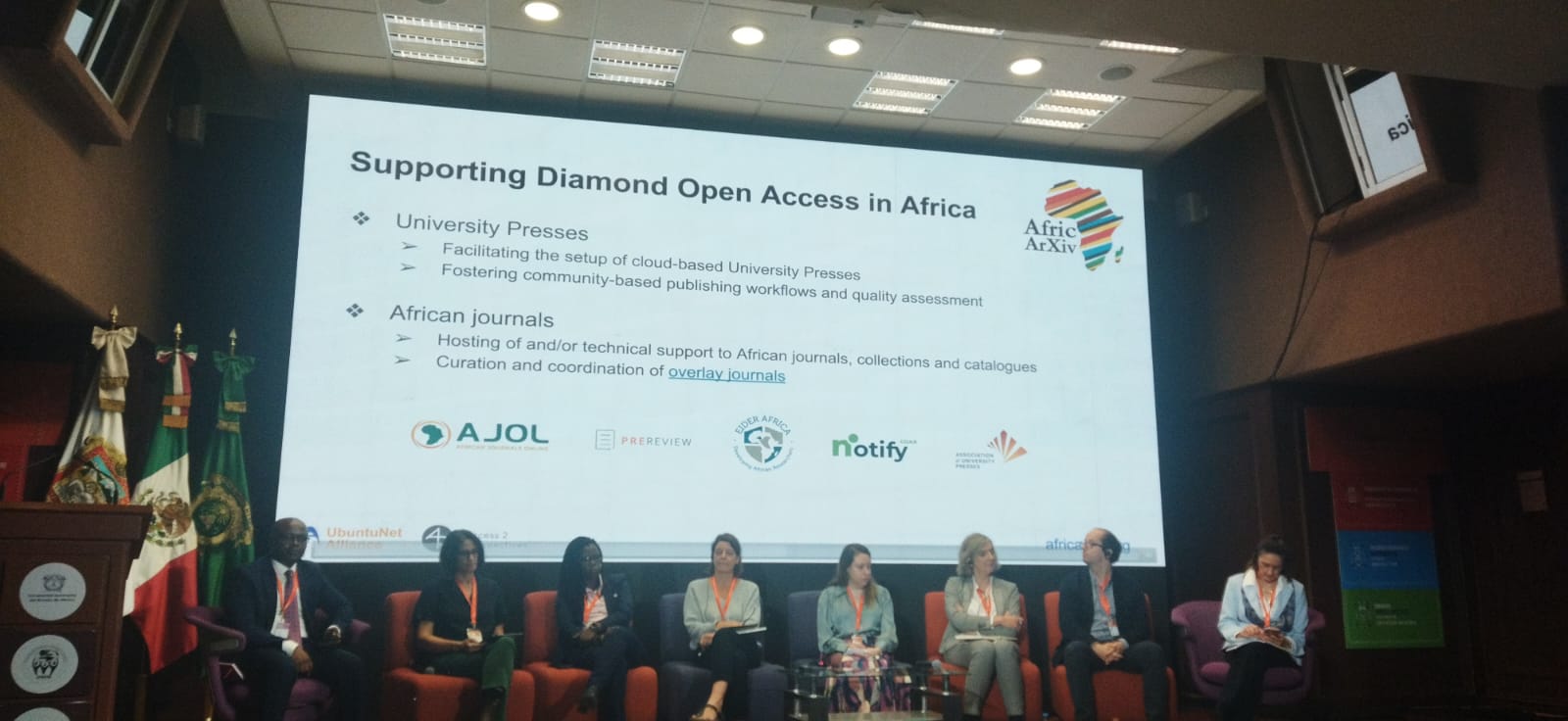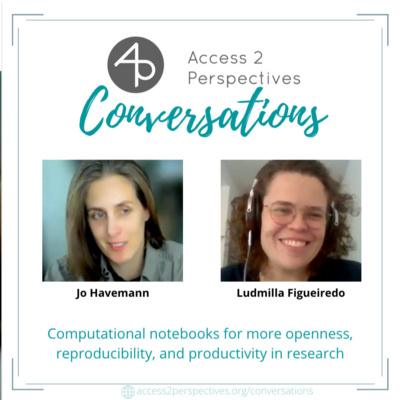
Our courses on Scholarly Reading, Writing, and Publishing equip academics with the skills to engage deeply with research while contributing to the global exchange of knowledge.
A key focus in our approach is to foster global inclusiveness, ensuring scholars understand diverse perspectives and practices in academia across different world regions. We highlight the importance of regional specificity, encouraging scholars to address local issues and challenges in their research. Participants learn how to avoid biases by bridging regional and language barriers. This ensures that their work is globally relevant while remaining rooted in the unique contexts of their disciplines or scholarly communities.
Practical guidance on selecting appropriate journals, adhering to ethical publishing standards, and responding to peer reviews enables participants to contribute meaningfully to knowledge exchange through scholarly literature. We explore open-access publishing and collaborative platforms, to promote wider dissemination of research outcomes. By blending global inclusiveness with regional insights, our courses prepare scholars to produce work that resonates internationally while addressing specific, localized concerns, thereby enriching the global academic dialogue.
Our Courses on Reading, Writing, and Publishing
Critical Reading Strategies in Academia
The ability to critically analyze texts is crucial for engaging with scholarly work, forming well-reasoned arguments, and contributing meaningfully to academic discourse. Critical reading goes beyond comprehension; it requires evaluating the credibility, structure, and implications of a text. This course equips participants with the skills to approach academic texts strategically, fostering deeper understanding and promoting intellectual independence.
Contents
- Understanding the Foundations of Critical Reading
- Effective Pre-Reading and Skimming
- Recognizing biases, assumptions, and perspectives in texts.
- Analyzing Argumentation and Evidence strength and validity
- Understanding citation practices and their implications.
- Cross-referencing and synthesizing multiple sources.
- Formulating Critical Questions that deepen understanding and challenge ideas.
- Strategies for Annotating and Note-Taking
- Using critical reading insights to support academic writing.
Objectives
- Equip students with methods to efficiently navigate and interpret complex academic texts.
- Enable the evaluation of arguments and evidence for logical consistency and credibility.
- Foster the ability to generate critical questions and connections between multiple academic sources.
Outcomes
- Students will demonstrate the ability to critically assess the validity and reliability of scholarly texts.
- Students will create organized and insightful annotations that facilitate academic discussions.
- Students will integrate critical reading insights into their academic writing to strengthen arguments.
Scholarly Writing from a Reader’s Perspective
Scholarly writing is a cornerstone of academic communication, but its effectiveness depends on the reader’s ability to engage with and comprehend the text. This course emphasizes writing strategies that prioritize clarity, coherence, and purpose from the reader’s perspective. By adopting the reader’s viewpoint, scholars can craft more accessible and impactful texts, enhancing their contribution to academic discourse. This approach not only improves writing but also facilitates greater understanding and collaboration across disciplines.
Contents
- Identifying the needs, expectations, and expertise of academic readers.
- Strategies for establishing context, significance, and the “roadmap” of your writing.
- Establish a logical Flow to structure arguments and ensure seamless transitions between ideas.
- Balancing detail and conciseness while integrating sources in a reader-friendly way.
- Writing with Precision and Clarity to enhance readability.
- Reviewing drafts to align with reader expectations.
- Utilizing feedback effectively to refine writing for diverse audiences.
Objectives
- Equip participants with techniques to analyze scholarly writing from the perspective of an academic reader.
- Enable participants to adapt their writing for clarity, coherence, and engagement with their target audience.
- Foster an understanding of the interplay between structure, argumentation, and readability in scholarly texts.
Outcomes
- Participants will be able to assess and improve their writing by anticipating and addressing potential reader challenges.
- Participants will create scholarly texts that communicate complex ideas to diverse academic audiences.
- Participants will develop a systematic approach to revising and refining their work with a focus on reader-centered effectiveness.
Navigating the Publishing Process
Understanding the scholarly publishing process is crucial for researchers seeking to share their findings, advance their careers, and contribute to their field. The publishing landscape is complex, with challenges ranging from selecting the right journal to navigating peer review. This course equips participants with the tools and strategies needed to confidently navigate this process, ensuring their work reaches the appropriate audience while adhering to ethical and professional standards.
Contents
- Introduction to Scholarly Publishing and its purpose and impact
- Choosing the Right Publication Outlet
- Best practices and considerations in Open Access Publishing
- Preparing Your Manuscript
- The different types of the Peer Review Process and responding to reviewers’ feedback
- Ethical Considerations: Avoiding Scientific Misconduct
- Authorship and contribution norms
- Post-publication metrics and tracking impact
Objectives
- To provide a clear understanding of the scholarly publishing process and its key components.
- To equip participants with practical strategies for preparing, submitting, and revising manuscripts.
- To foster an awareness of ethical standards and best practices in academic publishing.
Outcomes
- Participants will identify suitable publication outlets that align with their research objectives.
- Participants will develop a well-structured manuscript ready for submission.
- Participants will navigate the peer review process effectively, including addressing feedback and managing revisions.




















